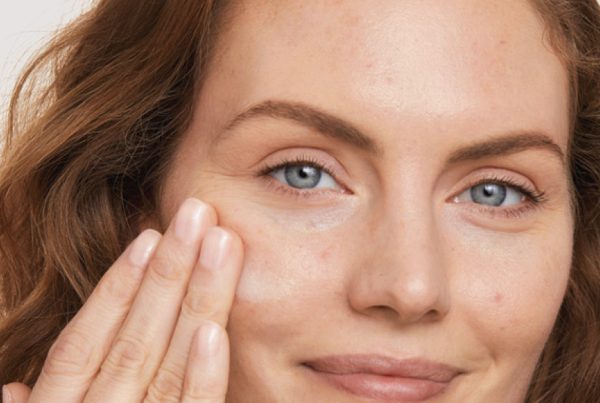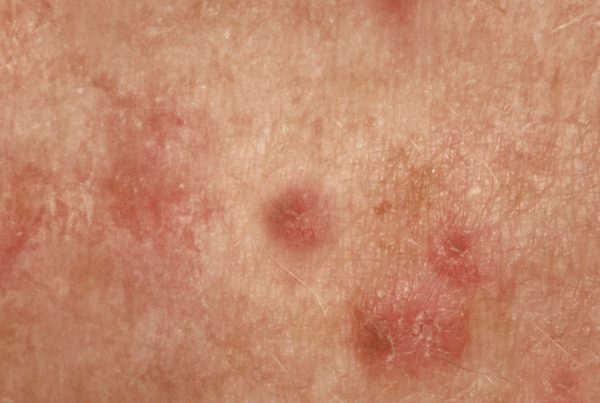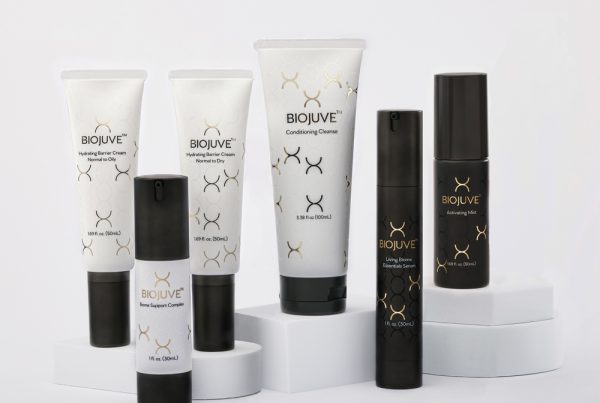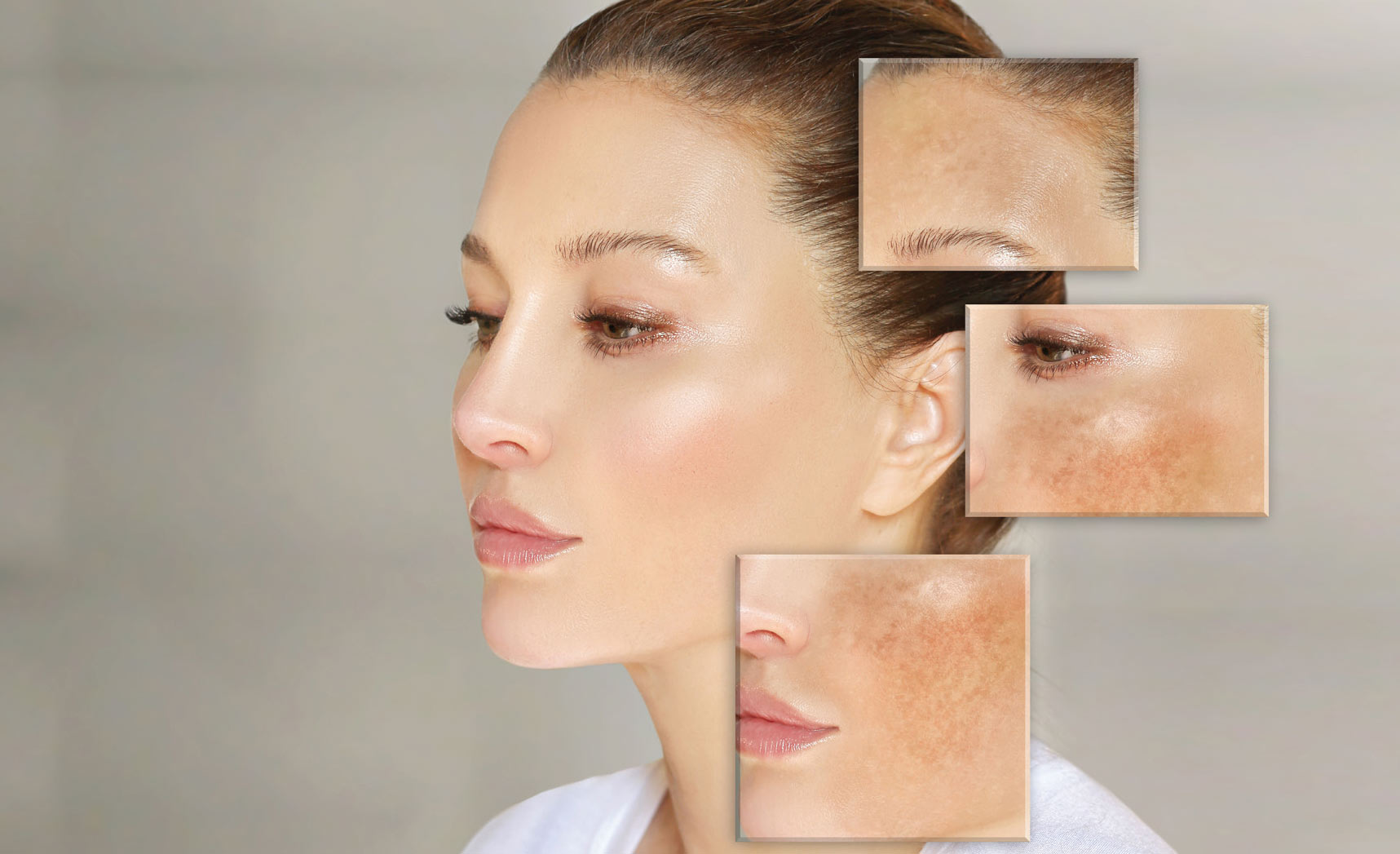
Melasma and Pigment Fading Treatments
Melasma or ‘hormonal pigmentation’ is one of the most common conditions we encounter at Skin Resus.
It occurs on the face in a common distribution on the upper cheeks, mid-forehead and upper lip, but in some cases can involve large areas of the face with broad areas of pigment bilaterally.
It can occasionally involve other areas such as the upper lateral neck and even chest and arms.
More superficial pigment is light brown in colour whilst deeper pigment takes on a grey hue.
Melasma is caused by UV light exposure in susceptible people: those hormones again are involved, as is having a mid-brown skin type and a family history. Some cases are brought on by the pill or pregnancy. UV light of course has a direct effect on pigment production in the skin, but also causes inflammation – a secondary cause of melanin production.
Treatment
Melasma can be frustrating to treat and can have quite negative effects on quality of life.
Skin lightening ingredients work in a number of possible ways: inhibiting tyrosinase, a key enzyme in melanin production (Kojic acid, hydroquinone, cysteamine, azelaic acid, retinol); inhibiting the accumulation of melanin in the surface of the skin (Glycolic acid, retinol); increasing melanin degradation (Vitamin C); reducing inflammation (tranexamic acid); and inhibiting melanocyte transfer (Niacinamide).
Our go-to topical treatment formula uses hydroquinone, kojic acid and a retinoid (medical grade retinol). We rarely use topical steroid ingredients although many formulas mentioned on the internet do. Hydroquinone formulae are only for short term use (<12 weeks). Longer use can be a risk for developing abnormal pigmentation or even skin cancer.
Over-the-counter skin lightening products
There is a large array of different products sold as skin lightening or fading preparations.
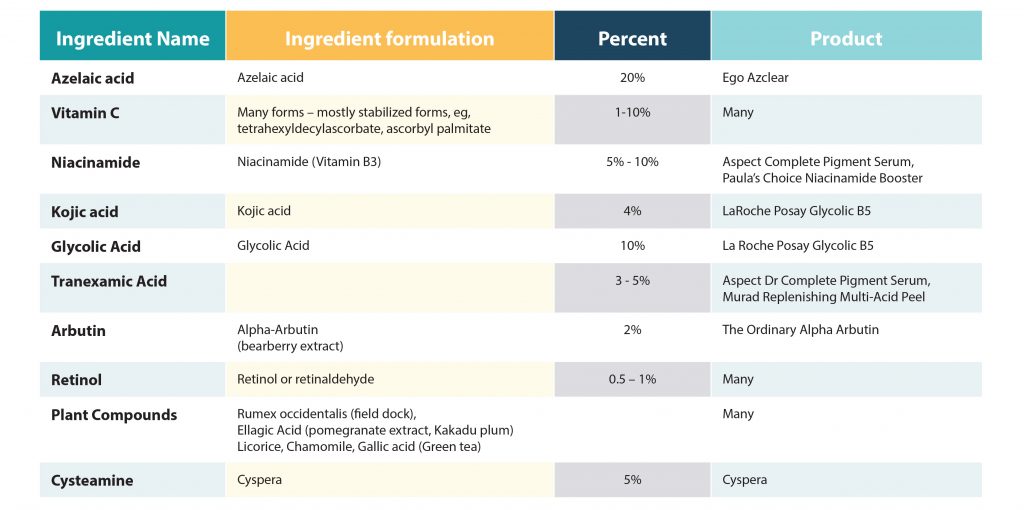
The production of pigment in the skin is a complex, multi-stage process with topical agents acting at different stages. It is therefore very common to use pigment fading ingredients in combination – Aspect DR Complete pigment serum combines Niacinamide 8%, tranexamic acid, Rumex occidentalis and Vitamin C.
La Roche Posay Glycolic B5 also uses Tranexamic acid but with 10% glycolic acid and Vitamin B5.
The choice of topical can be guided by other desired effects. Retinol for example is a primary skincare product for its anti-ageing effects. Niacinamide is useful for refining pore size. Exfoliant acids such as glycolic acid help skin texture and aid acne prevention.
Laser Treatment
Fraxel laser is amongst the most useful treatments, and works particularly well when combined with prescription fading creams and Aspect DR Complete Pigment Serum. Fraxel laser has been successfully used for melasma at Skin Resus for over ten years.
Q-switched laser (Revlite) and Pico lasers are also used but less effective.


